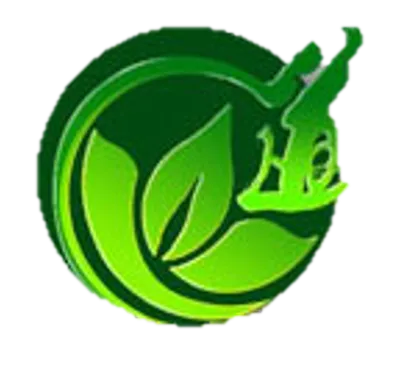Asthma
Traditional Chinese Medicine Approach to Asthma
Restoring Breath by Balancing Qi and Organ Harmony
In Traditional Chinese Medicine (TCM), asthma is known as “Xiao Chuan” (wheezing and breathlessness) and is understood as a dysfunction in the Lung’s ability to descend and regulate Qi. While acute attacks often involve excess patterns, chronic asthma is typically due to underlying deficiencies in the Lung, Spleen, and Kidney systems.TCM does not view asthma as a single disease but as a syndrome with multiple root causes and manifestations. Treatment is based on identifying the individual pattern of disharmony and addressing both acute symptoms and long-term constitutional weaknesses.
🔹 General Principles of TCM Asthma Treatment
Regulate Lung Qi – To restore the descending function of the Lung and ease breathing
Resolve Phlegm and Clear Obstruction – To eliminate the material basis of wheezing
Calm Wheezing and Stop Coughing – To manage acute symptoms
Strengthen the Root – To tonify deficiencies and prevent recurrence
Balance Exterior and Interior – To protect against Wind invasions and emotional triggers
🔹 Common TCM Patterns and Treatment Approaches
✅ Cold-Phlegm Obstructing the Lung
Symptoms: Wheezing with clear or white phlegm, chest tightness, aversion to cold, better with warmth
Treatment Principle: Warm the Lung, dissolve phlegm, descend Lung Qi
✅ Heat-Phlegm in the Lung
Symptoms: Loud wheezing, thick yellow phlegm, thirst, feverish sensation, red tongue with yellow coating
Treatment Principle: Clear Lung Heat, resolve phlegm, stop wheezing
✅ Lung Qi Deficiency
Symptoms: Shortness of breath, weak voice, spontaneous sweating, frequent colds
Treatment Principle: Tonify Lung Qi, strengthen Wei Qi, support defensive function
✅ Spleen Deficiency with Damp-Phlegm
Symptoms: Persistent phlegm, fatigue, poor appetite, loose stool, bloating
Treatment Principle: Strengthen the Spleen, transform phlegm, drain Dampness
✅ Kidney Deficiency Not Grasping Qi (common in chronic or elderly cases)
Symptoms: Difficulty inhaling, wheezing worse on exertion, fatigue, cold limbs, lower back soreness
Treatment Principle: Tonify Kidney, help the Lung grasp Qi, stabilize breathing
🔹 Additional TCM Therapies for Asthma
✅ Acupuncture
Acupuncture is used to:
Open the chest and descend Lung Qi
Transform phlegm and ease breathing
Tonify the Lung, Spleen, and Kidney
Calm the Shen (mind) in stress-induced cases
✅ Cupping and Gua Sha
Used on the upper back to release Lung Qi, move phlegm, and relieve chest congestion—especially in Cold-Phlegm or Wind-related cases.
✅ Diet and Lifestyle in TCM
TCM strongly emphasizes avoiding phlegm-producing and Qi-depleting foods:
Avoid: Cold/raw foods, dairy, greasy or sugary items
Favor: Warm, cooked, nourishing meals
Herbal teas: Ginger, perilla leaf, and aged tangerine peel
Lifestyle: Avoid exposure to Wind and cold; manage stress and emotions
💬 Long-Term TCM Strategy for Asthma
Asthma in TCM is treated by addressing both root (ben) and branch (biao):
In acute stages, the focus is on relieving obstruction and calming wheezing
In remission phases, treatment focuses on tonifying organ systems, preventing phlegm accumulation, and strengthening the body's resistance
With personalized herbal formulas, acupuncture, and lifestyle adjustments, TCM offers a gentle, comprehensive, and preventive approach to managing asthma naturally and holistically.
